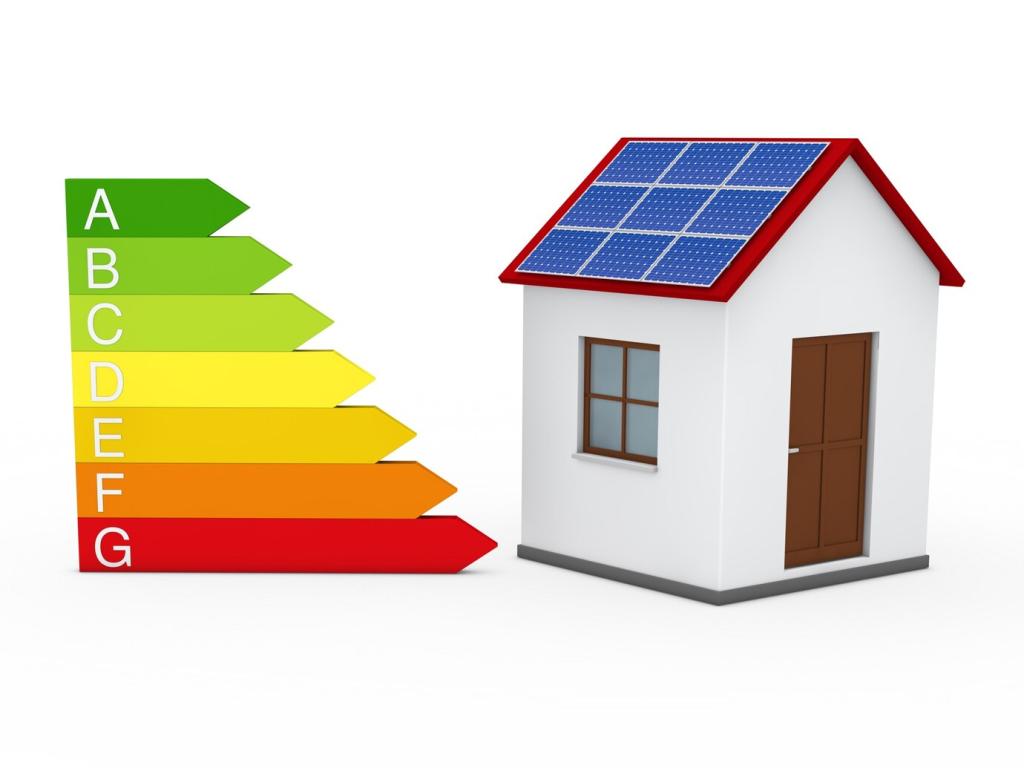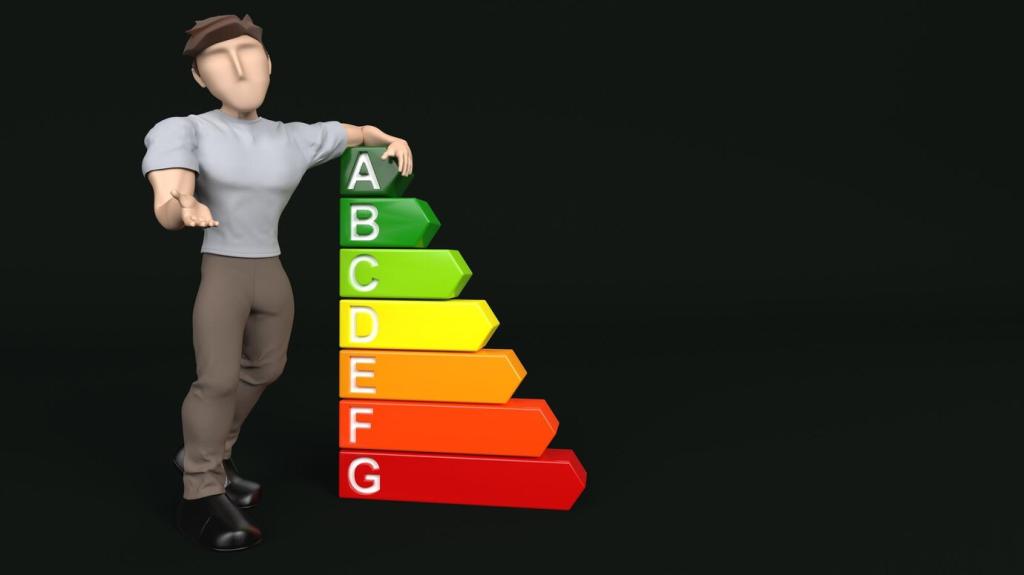
Powering Your Home with the Sun: Solar Panel Installation for Homes
Today’s chosen theme: Solar Panel Installation for Homes. Welcome to a friendly guide that turns sunny days into dependable home energy. We’ll demystify panels, permits, safety, and real-life results—so you can move from curiosity to confident action. If this resonates, subscribe for more home-solar insights and share your questions in the comments.
From Sunbeams to Kilowatt-Hours: How Home Solar Works
Sunlight knocks electrons loose in the solar cells, creating direct current electricity that travels through wires on your roof. A neighbor told me the moment they saw their meter slow on a bright morning, solar suddenly felt real, not theoretical.
From Sunbeams to Kilowatt-Hours: How Home Solar Works
Your home runs on alternating current, so an inverter converts the panels’ direct current into the AC your lights and fridge actually use. Modern inverters optimize energy flow, boost safety, and keep your system performing even when conditions shift.
From Sunbeams to Kilowatt-Hours: How Home Solar Works
When your panels produce more than you need, excess energy can flow to the grid, often earning credits on your bill. On cloudy days or at night, you draw from the grid. Tell us which utility you use and how they handle credits in your area.




Permitting Pathways
Local rules vary, but most projects need building and electrical permits. Expect drawings, equipment lists, and structural verification. Ask your city about typical timelines, and share your location so readers can compare experiences across regions.

Safety from Roof to Breaker
Proper wiring, grounding, and rapid-shutdown requirements keep first responders and homeowners safe. Quality racking and flashed penetrations protect your roof for decades. If safety is your top concern, tell us which steps you want to understand in detail.
Hardware That Matters: Panels, Inverters, and Racking
Choosing Reliable Panels
Efficiency, warranty, and brand track record all matter. Higher-efficiency panels can squeeze more power from limited roof space. If you have a small south dormer, tell us your dimensions, and we’ll discuss panel density trade-offs.
String vs. Microinverters
String inverters are simple and proven, while microinverters give panel-level optimization and monitoring. Shade and roof complexity often tip the choice. Which layout do you have—one clean plane or a patchwork of gables and dormers?
Racking and Waterproofing
Racking secures panels without compromising your roof. Look for systems with robust flashing and corrosion-resistant hardware. A careful install protects shingles and sheathing, so storms and seasons pass without unwanted surprises or drips.
Batteries and Backup for Peace of Mind
If you face frequent outages, time-of-use rates, or simply want resilience, a battery can add real value. It stores excess solar for later, reducing grid dependence and smoothing peaks when you need power most.
Installation Day: What Really Happens
01
Expect ladders, harnesses, and a quick walkthrough. Crews protect landscaping and keep paths clear. One homeowner told us the foreman drew the whole day’s plan on a notepad, which made everyone feel calm and informed.
02
Installers mark rafters, drill carefully, flash penetrations, and anchor racking before panels go up. Electrical runs are neatly organized to the inverter and main service panel. Ask to see the roof details—they are the art behind reliability.
03
After checks and commissioning, you’ll see numbers on the inverter and app come alive. That first sunny afternoon, watching real-time watts climb, is a small thrill. Share your first-day production snapshot in the comments for others to compare.
Rain does most of the work, but occasional rinsing helps in dusty climates. Avoid abrasive tools and stay safe on ladders. Readers in dry regions—tell us how often grime builds up and which gentle cleaning methods worked best.

